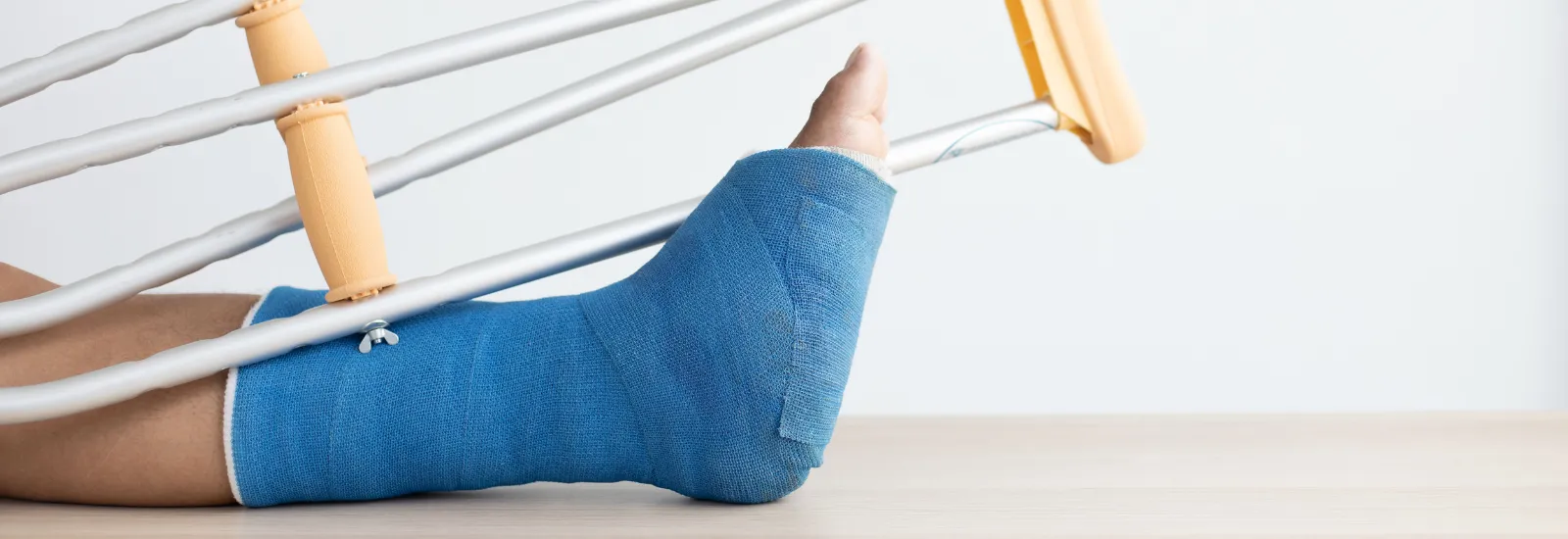
How does a plaster cast help heal an injury?
How does a plaster cast help heal an injury?
When you have a broken bone, a plaster cast can help
protect and heal the injury. Casts and splints hold the pieces of bone in place
and prevent them from moving. They also help to reduce pain and swelling. But
how do providers know if a plaster cast is the best choice for your injury?
Types of casts and splints
When you need a cast, it
is custom made for you so that it fits you correctly and gives the best possible
support. Casts are typically made of plaster or fiberglass.
Fiberglass is lighter
than plaster, and it also allows for X-rays to be taken while you are wearing
the cast. However, plaster is a better choice for some injuries because it is
easier to shape. It is also less expensive than fiberglass.
Splints and half-casts
are other options to stabilize broken bones. These do not wrap all the way
around the limb but are held in place by a removable material, such as an
elastic bandage. This allows your provider to adjust the splint and make room
for swelling.
Another device used for
some injuries is an air cast. This is an air-filled "boot" with a hard shell
that is often used for foot and ankle fractures and sprains.
How are casts put on?
Both plaster and
fiberglass casts are lined with soft padding to protect the skin. Your provider
will dip the cast material in water and wrap it over the padding on the injured
area. The cast will then dry and harden. Sometimes, you will receive a splint
first until the swelling in the area goes down. In some cases, a cast must be
replaced during the healing process if the swelling stops and the cast no
longer fits snugly. A proper fit is important to help the injury heal properly.
Adapting to your cast
Wearing a cast takes some
getting used to. During the first 48 to 72 hours, your cast might feel a bit
tight due to swelling. To help the swelling go down, follow these tips:
- Apply ice in a dry plastic bag and
wrap it around the cast on the injured area.
- Elevate your injured arm or leg above your heart by propping it up
on pillows. This will allow fluid to drain "downhill," helping to reduce
swelling.
- Gently exercise your uninjured fingers or toes that are also
swollen to prevent stiffness.
If you experience any of
the following signs, let your provider know right away:
- Excessive swelling below the cast
- Increased pain
- Loss of movement in toes or fingers
- Numbness or tingling in your hand or foot
- Stinging or burning under the cast
Caring for your cast
When it comes to cast
care, it is important to follow your provider's guidance to make sure it stays
in good condition. Be sure to:
●
Inspect your cast regularly. Let your provider know
if you notice any cracks or soft spots. Don't break off any rough edges
yourself or pull out the padding.
●
Keep it clean. Don't let dirt, sand, or
powder get inside your cast.
●
Keep it dry. Plaster weakens when it
gets wet, and a cast with damp padding can irritate your skin. When you bathe,
cover your cast with two layers of plastic or a waterproof shield.
●
Try not scratch. If your cast is causing
itching, don't put any objects or ointments under the cast. If itching doesn't go
away, contact your provider.

